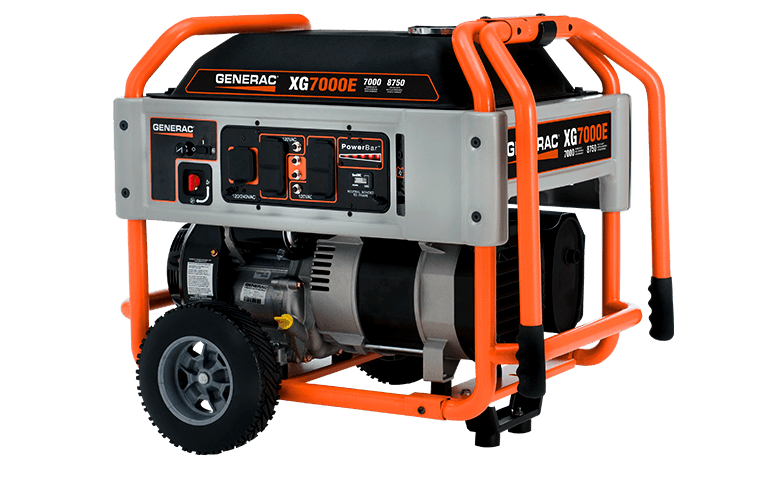Before summer arrives along with hurricane season, it’s important to familiarize yourself with your backup generator. We’ve talked about this before, but its important to review, especially before everyone is clamoring for assistance. Proactively maintaining your generator allows you to catch potential issues before you become reliant on it for power. Refresh your knowledge on how you can prevent common problems in order to keep your generator condition in top form.

Generator Condition Checklist
- Check your generator periodically, about twice each year. You’re already on the right path simply by making a plan to check on your backup generator. Most issues result from a lack of routine maintenance, so looking it over is the first step to preventative care.
- Look for damaged or cracking belts. Generators work by converting mechanical energy from moving parts into electricity. If one or more of the belts on the alternator are damaged, the generator won’t be able to create the movement that produces electricity. Replacement belts are readily available and relatively easy to replace with the proper tools and safety precautions–just make sure your generator is disconnected and that the battery is not attached.
- Check the battery. Similarly to a car, generators are fueled by natural gas or propane but require a battery to start. Once running, the generator recharges its own battery; however, if it hasn’t been run in a while or if the battery is old, it might have died. Checking and replacing your battery ensures your generator will be able to start when needed.
- Low fluid levels cause problems. Check to make sure your coolant and oil tanks are full to prevent the generator from overheating or blowing a piston.
- Keep an eye out for leaks or cracks in your fuel tank. Even if you don’t see fuel actively leaking, shine a flashlight on the outside while looking inside the tank. If you see any pinholes of light, you’ve found a leak and should get the tank replaced.
- Check for sludge in the fuel tank. It’s possible for water or other particulates to get into the fuel tank, or for old fuel to congeal. These can cause rusting or sludge build up in the tank that decreases performance and can cause serious malfunctions. Regularly check for build up; remove floating debris, replace the fuel filters, and consult your generator’s operating manual for the recommended fuel tank cleaning process.
- Replace all filters. Generators have filters for air, oil, and fuel that should all be replaced at least once annually.
- Look over all electrical wiring and cables for exposed wires or areas where it has burnt out. Contact a professional electrician to replace any damaged wires to ensure no harm comes to you or your generator once you run it. Check your spark plugs for blistering, melting, or white deposits that indicate they are old and need to be replaced.
Regular maintenance and care for your generator condition provides peace of mind knowing that you have a reliable power source no matter what storms come your way. Knowing what issues to look out for can also save you from needing to make costly repairs or replace items that are ruined by the loss of power.
Call Promise Electric today if you have a standby or portable generator – we will come out and inspect it to make sure your generator condtion is ready for summer storms.


